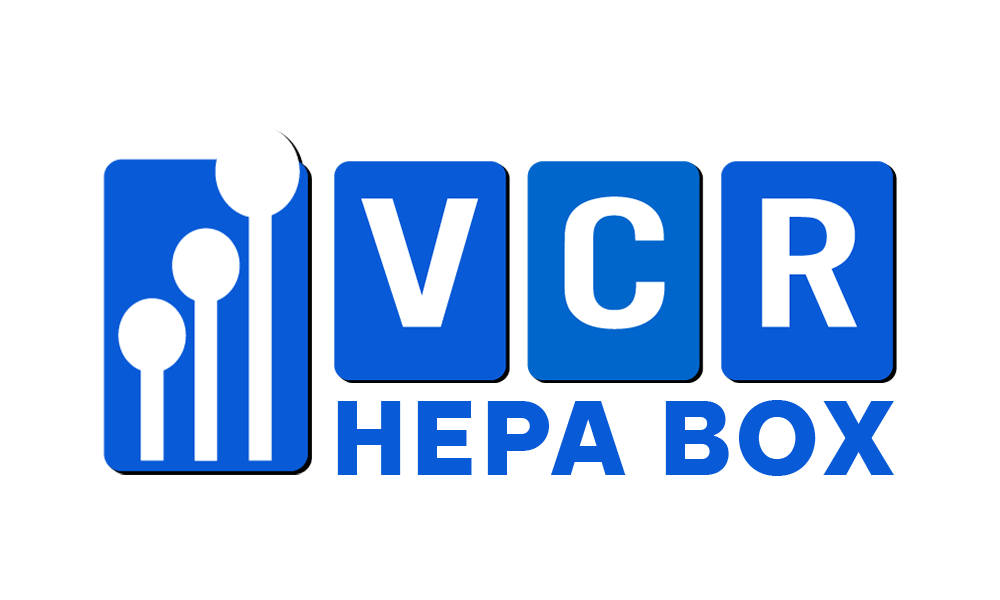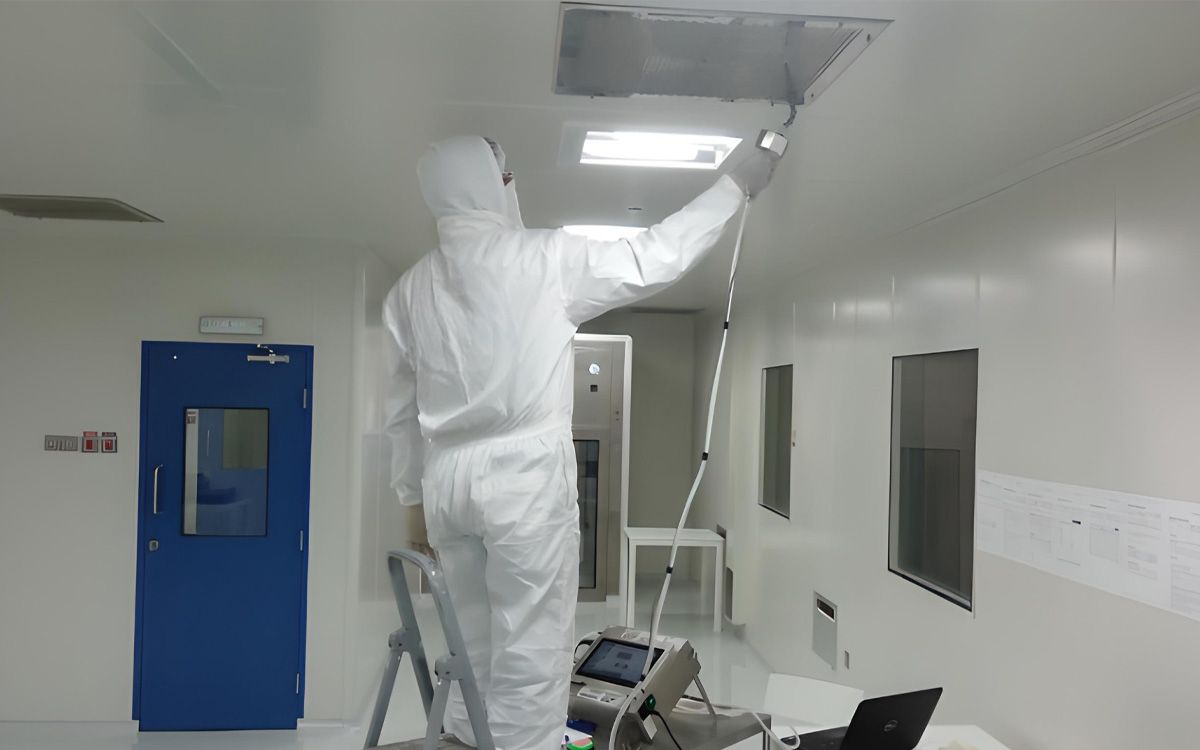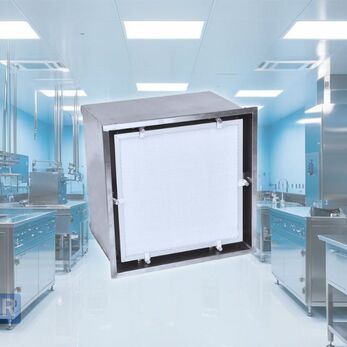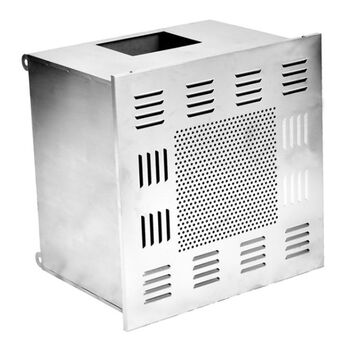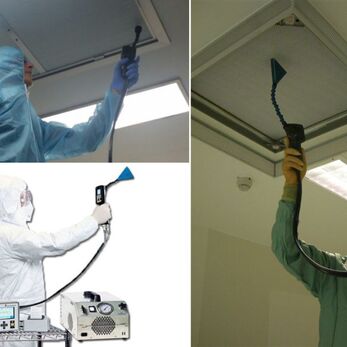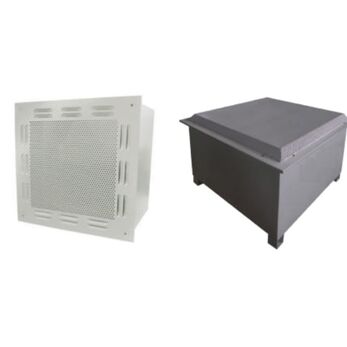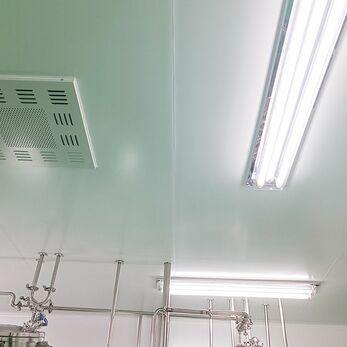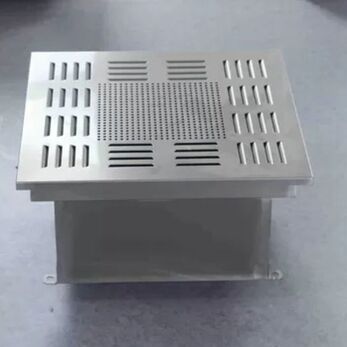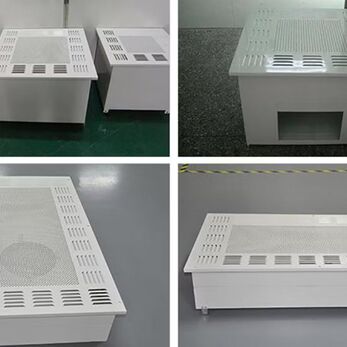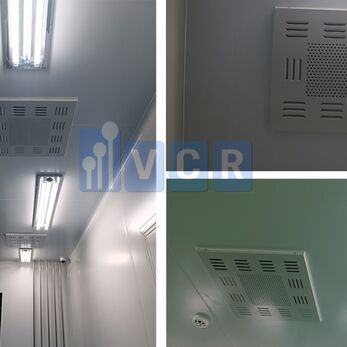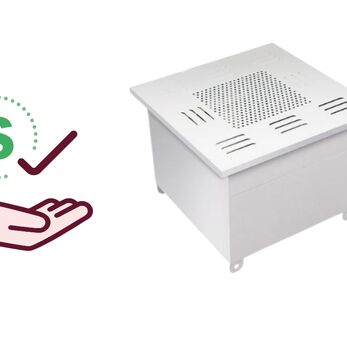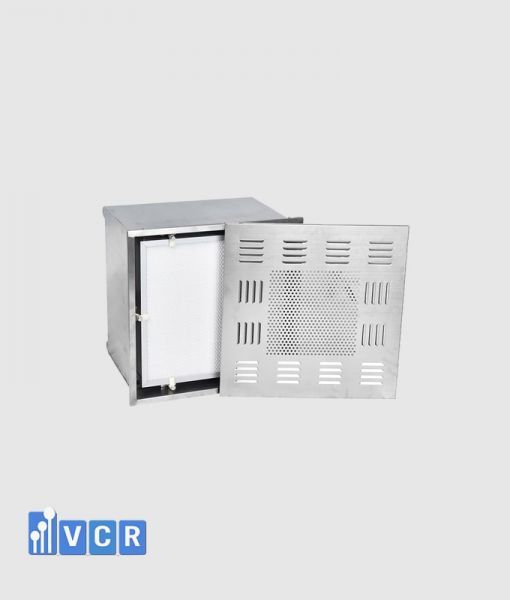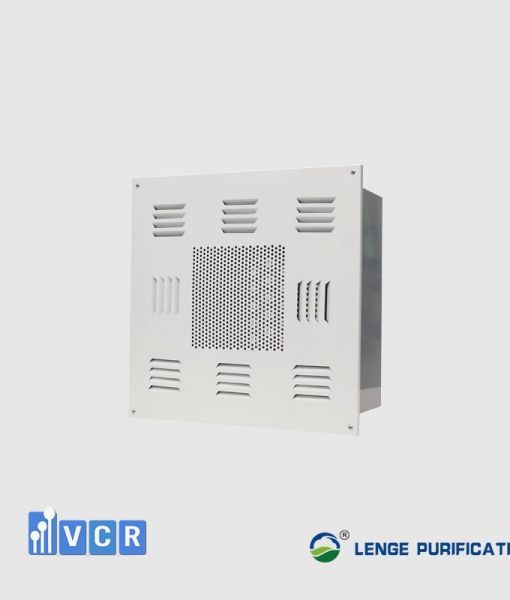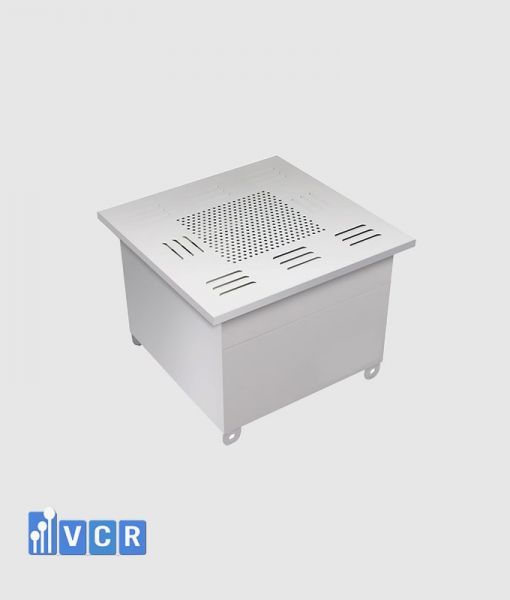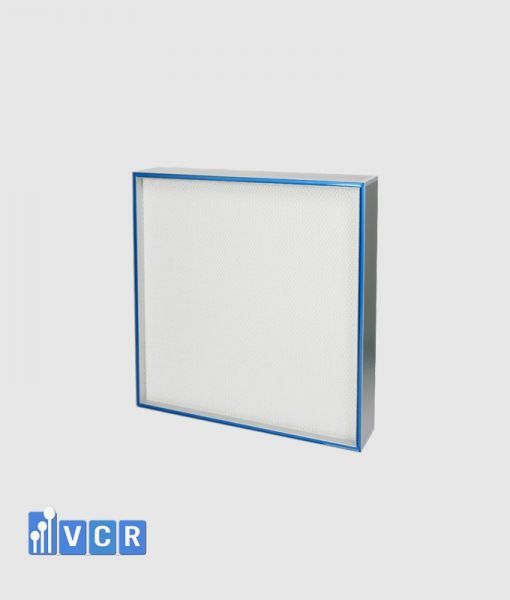HEPA (High-Efficiency Particulate Air) boxes are workhorses in cleanroom environments, safeguarding air purity across various sectors like medicine, electronics, and chemicals.
However, ensuring a HEPA box effectively meets the specific cleanliness requirements of a cleanroom necessitates a multi-pronged approach.
I. Evaluating Cleanroom Air Quality
The most accurate way to assess whether a HEPA box is performing optimally is by directly testing the air quality within the cleanroom itself. Here are two primary methods for cleanroom air quality testing:
- Active Sampling: This method involves drawing air samples through a specialized filter or impacting them onto a collection surface. Techniques like the filtration method (using an analytical filter) and impact methods (using samplers like Anderson, Root centrifugal, or slit samplers) fall under this category.
- Passive Sampling: This method relies on the natural settling of airborne particles onto a collection surface, typically an open agar plate. This passive approach provides a qualitative assessment of particle presence and distribution within the cleanroom.
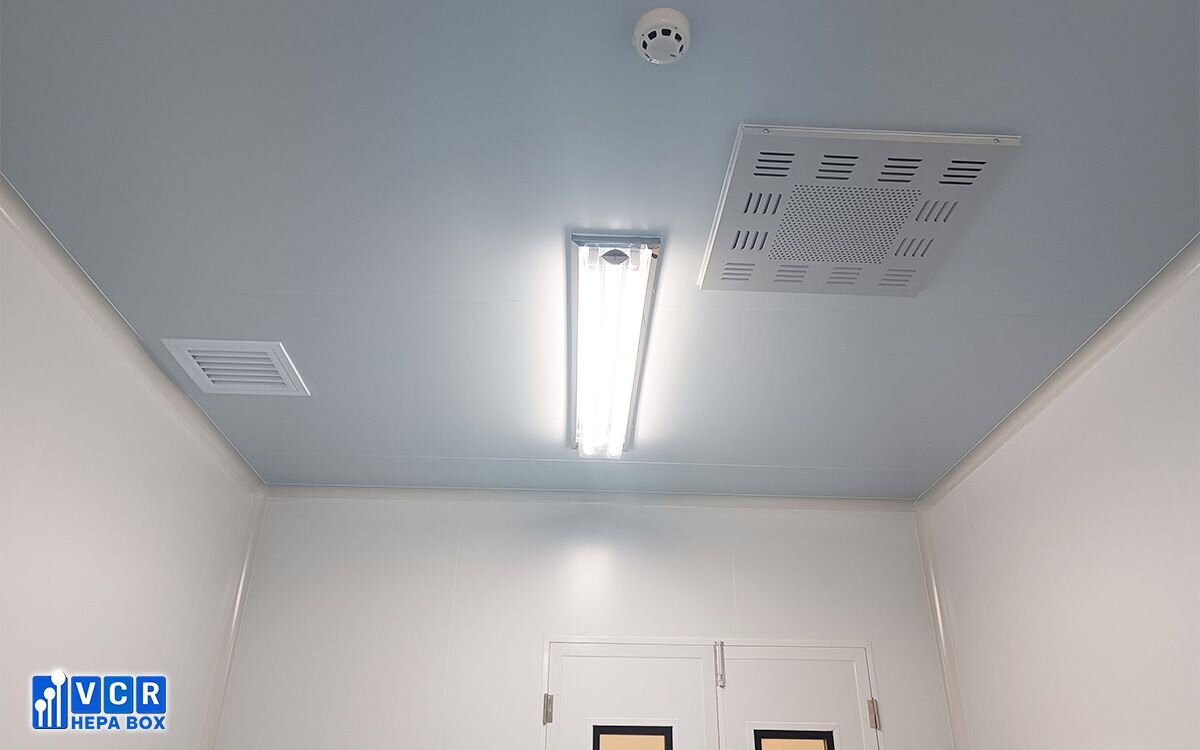
See more: HEPA Filter Terminal Box Controlled Environments
II. Airflow Verification
While cleanroom air quality testing provides a definitive measure of cleanliness, verifying proper airflow through the HEPA box is also crucial. Here's how to achieve this:
- Airflow Measurement: An airflow hood can be used to directly measure the air velocity at the HEPA box outlet (nozzle). It's important to maintain a specific distance between the anemometer (airflow measuring instrument) and the nozzle, considering factors like the presence of a diffuser or grid on the nozzle.
- Multiple Measurement Points: For a more comprehensive assessment, air velocity should be measured at various points across the HEPA box outlet, typically at a distance twice the width of the diffuser from the nozzle. Averaging these measurements provides a more accurate picture of overall airflow distribution.
- Alternative Measurement Technique: Another option involves creating a temporary enclosure around the HEPA box outlet using a sheet metal or plastic plate. The air velocity can then be measured at multiple points within this enclosure, and the average value can be calculated.
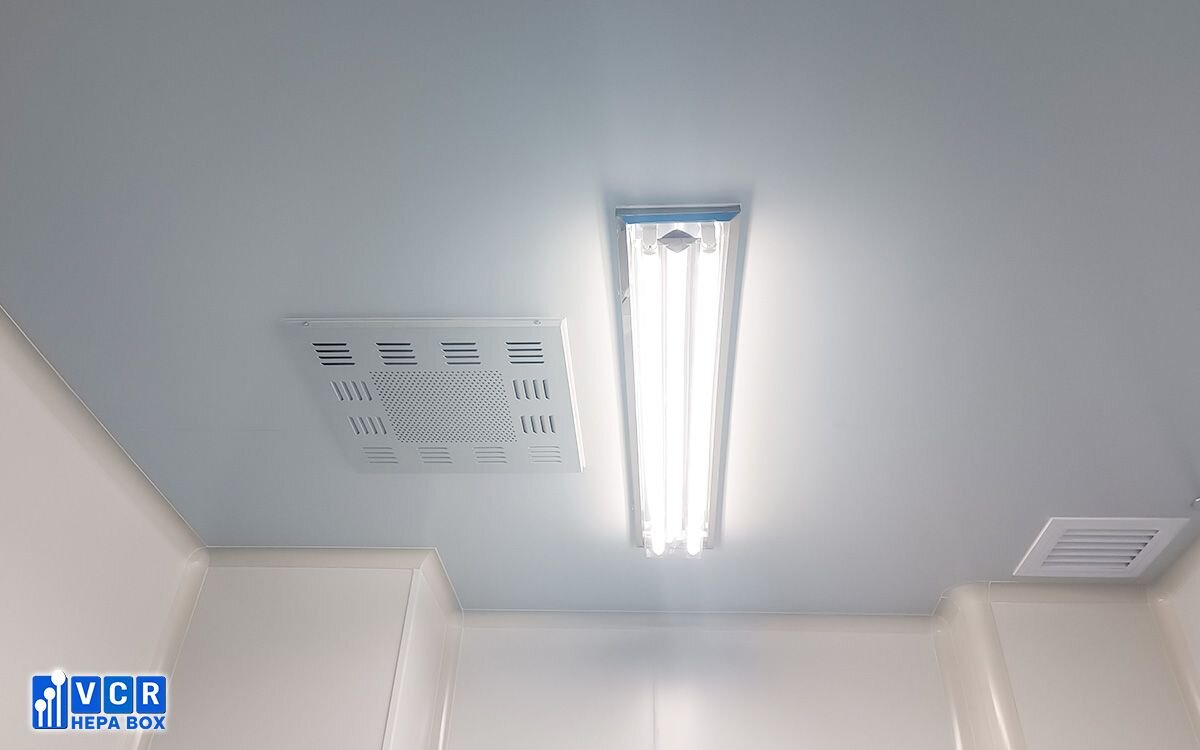
See more: HEPA Box Installation Best Practices
III. Maintenance Considerations
Regular maintenance is vital for ensuring the continued effectiveness of a HEPA box. The primary maintenance point involves replacing the air filter within the HEPA box at designated intervals based on the manufacturer's recommendations and cleanroom operating conditions.
By following these comprehensive verification and maintenance practices, facility engineers and cleanroom professionals can ensure that HEPA boxes effectively meet the stringent air cleanliness requirements of their critical environments.
See more: HEPA Box Enclosures for Gel-Seal Filters in Pharmaceutical Cleanrooms


